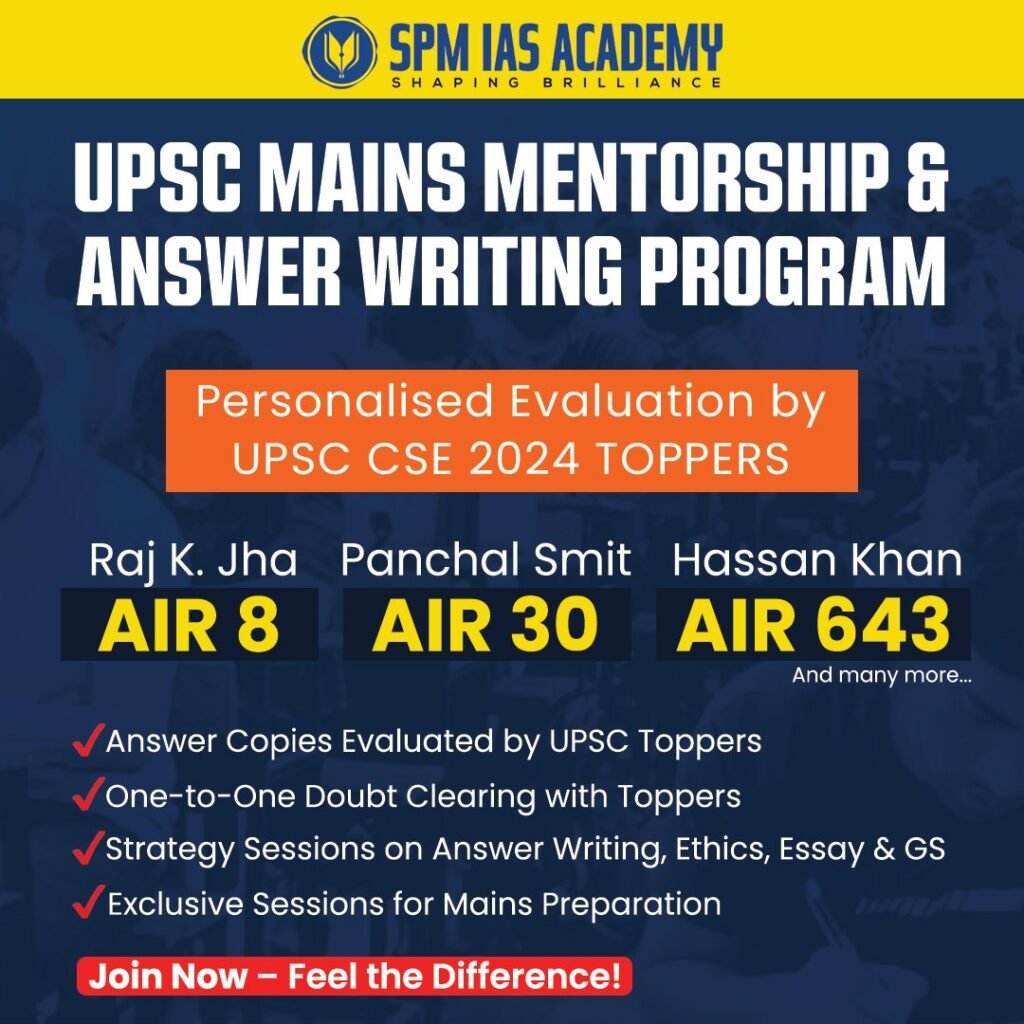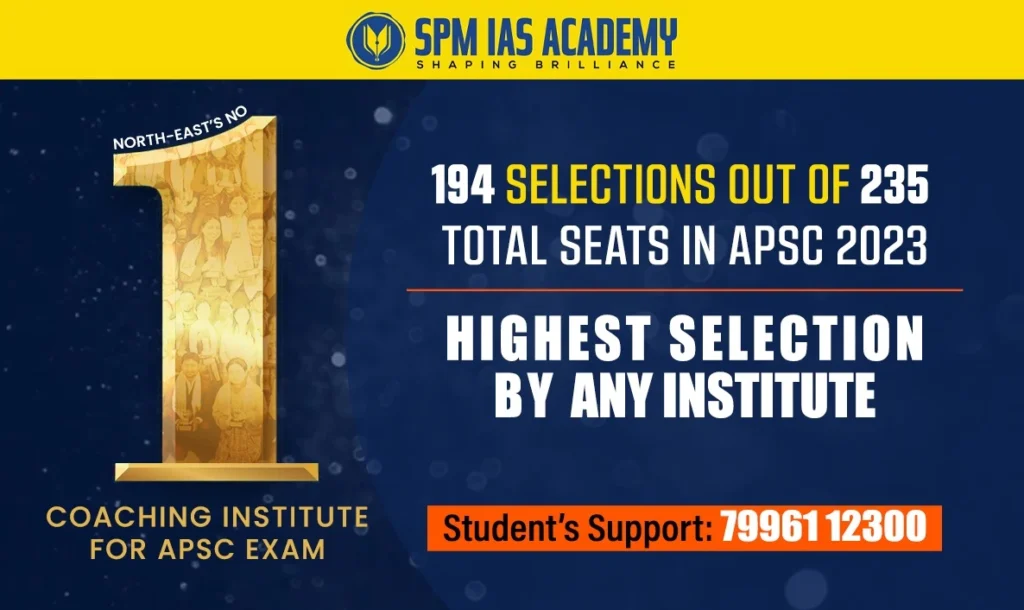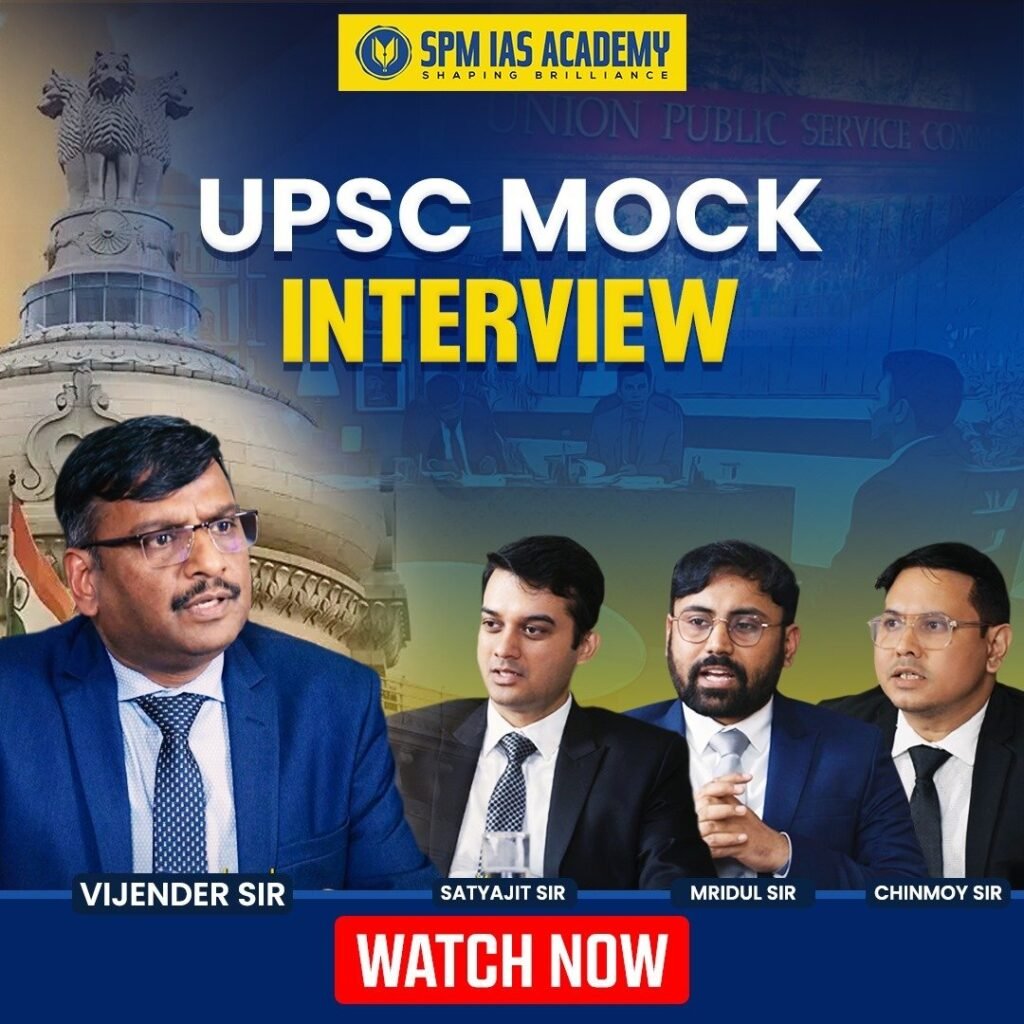The Sahitya Akademi recently honoured 23 young writers with the Yuva Puraskar and 24 children’s authors with the Bal Sahitya Puraskar, covering all 24 Indian languages recognised by the Akademi. These prestigious awards, announced on 20 June 2025, celebrate literary prowess and creativity.
Why These Awards Matter
- Firstly, the Yuva Puraskar supports emerging writers aged 35 and below, celebrating originality and creativity.
- Furthermore, the Bal Sahitya Puraskar honours outstanding children’s literature for readers aged 9–16.
- Moreover, both awards have transparent selection processes and uphold cultural diversity across 24 Indian languages.
What Are These Awards?
1. Sahitya Akademi Yuva Puraskar
- Established: 2011
- Age Limit: Up to 35 years
- Scope: Creative or critical original works (49+ pages) in any of the 24 languages
- Support Includes: ₹50,000 cash, a copper plaque, and a citation
- Eligibility Rules:
- Published within the last 5 years
- Not a translation, thesis, e-book, or posthumous work
- Not eligible for NRIs, PIOs, or dual-national authors
- Selection Stages:
- Public entry call
- Referee evaluation
- Final jury (3 members)
- Executive Board approval
- Winners announced at the Akademi’s special ceremony
2. Sahitya Akademi- Bal Sahitya Puraskar
- Established: 2010
- Focus: Children’s literature (ages 9–16)
- Support Includes: ₹50,000 cash, an engraved plaque, a shawl, and a citation
- Eligibility Rules:
- Original children’s works published within the last 5 years
- Minimum of three entries per language
- Myth adaptations allowed
- Posthumous works accepted (if within 5 years)
- Excludes translations, anthologies, theses, or works by board members/Fellows
Sahitya Akademi: Role and Reach
- Founded: 1952 (functional since 1954)
- Registered: 1956 under the Societies Act
- Headquarters: Delhi, with regional centers in Kolkata, Bangalore, Mumbai, Chennai, and Agartala
- Core Mandate:
- Promote literature across 24 official languages
- Facilitate translations, publications, and literary discourse
- Confer award and fellowship honours, including Annual Literary Awards, Translation Awards, Bhasha Samman, Anand Coomaraswamy and Premchand Fellowships
As India’s National Academy of Letters, the Akademi remains a foremost literary institution following the Jnanpith Award.
Quick Comparison
| Feature | Yuva Puraskar | Bal Puraskar |
| Established Year | 2011 | 2010 |
| Target Group | Young writers ≤35 years | Children’s literature authors |
| Eligible Genres | Creative/critical works | Fiction for ages 9–16 |
| Posthumous Award? | No | Yes, within 5 years |
| Annual Awards | 1 per language | 1 per language |
| Cash Reward | ₹50,000 | ₹50,000 + shawl + plaque |
2025 Award Highlights
Yuva Puraskar Awardees
| Language | Winner | Work & Genre |
| Maithili | Neha Jha Mani | Banaras Aa Hum (Poetry) |
| English | Advait Kottary | Siddhartha: The Boy Who Became the Buddha (Novel) |
| Hindi | Parvati Tirkey | Phir Ugna (Poetry) |
| Urdu | Neha Rubab | Mazharul Haque: Thareek-e-Azadi-e-Hind: Hind Ka Faramosh Kardah Qaaed (Novel) |
Bal Sahitya Puraskar Awardees
| Language | Winner | Work & Genre |
| English | Nitin Kushalappa MP | Dakshin South Indian Myths and Fables Retold |
| Hindi | Sushil Shukla | Ek Batey Bara |
| Maithili | Munni Kamat | Chukka (Children’s Short Stories) |
| Urdu | Ghazanfar Iqbal | Quami Sitare (Articles) |
Assam’s Contribution to Sahitya Akademi Yuva & Bal Sahitya Puraskar 2025
This year’s awards witnessed strong representation from Assam, proving once again that the region continues to nurture literary brilliance.
- Suprakash Bhuyan (Yuva Puraskar, Assamese) – Kuchiyanama (Short Stories)
- Amar Khungur Boro (Yuva Puraskar, Bodo) – Ang Asur (Poetry)
- Surendra Mohan Das (Bal Puraskar, Assamese) – Mainaahatar Padya (Children’s Poetry)
- Binay Kumar Brahma (Bal Puraskar, Bodo) – Khanthi Bwswn Arw Akhu Danai (Children’s Stories)
These winners have enriched Assamese and Bodo literature, especially in the youth and children’s categories, with remarkable depth and cultural relevance.
Bal Sahitya Puraskar 2025: Key Facts
- Established in 2010 to celebrate children’s literature for ages 9–16.
- Award Includes: ₹50,000 cash, engraved plaque, shawl, and citation.
- Eligibility:
- Original creative work published within the past five years.
- Minimum of three eligible books in the language during that year.
- Accepts myth adaptations and posthumous works (within 5 years).
- Excludes translations, anthologies, theses, or works by Akademi insiders.
Yuva Puraskar 2025: Key Facts
- Started in 2011, for writers aged 35 or younger.
- Award Includes: ₹50,000 cash, plaque, shawl, and citation.
- Eligibility:
- Indian nationals aged 35 or below as of 1 January of the award year.
- Must offer original work, published within the last five years.
- Excludes translations, abridgments, theses, and previously awarded works.
- Minimum of three eligible works in the language.
- No posthumous awards allowed.
Conclusion
Overall, the Sahitya Akademi Yuva & Bal Sahitya Puraskar 2025 highlights India’s diverse and dynamic literary landscape. By celebrating both emerging authors and children’s literature, the Akademi ensures that voices from all languages and age groups shine. Consequently, these awards foster creativity, cultural dialogue, and literary excellence.
Frequently Asked Questions (FAQs)
A: The author must be 35 years or younger on January 1 of the award year.
A: Each winner receives ₹50,000, a plaque, and a citation; Bal winners also get a shawl.
A: Yes, but only if the author passed away within five years of the award year.
A: No, the awards require original creative works only.
A: The process includes public nominations, referee evaluations, language-jury shortlists, and final approval by the Sahitya Akademi Executive Board.
CITATIONS
- Sahitya Akademi Yuva Puraskar 2025
- Sahitya Akademi
- Sahitya Akademi announces Bal Sahitya, Yuva Puraskar for 2025
- Sahitya Akademi announces Bal, Yuva Puraskar to 4 Writers from Assam
Also Read:












